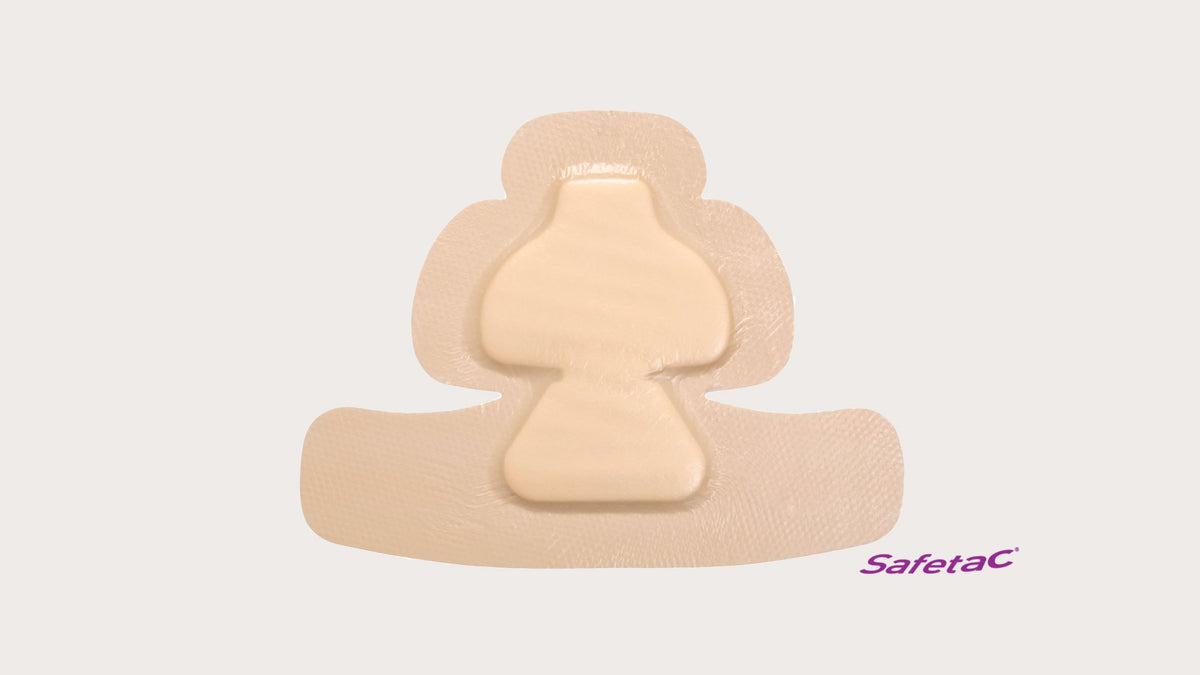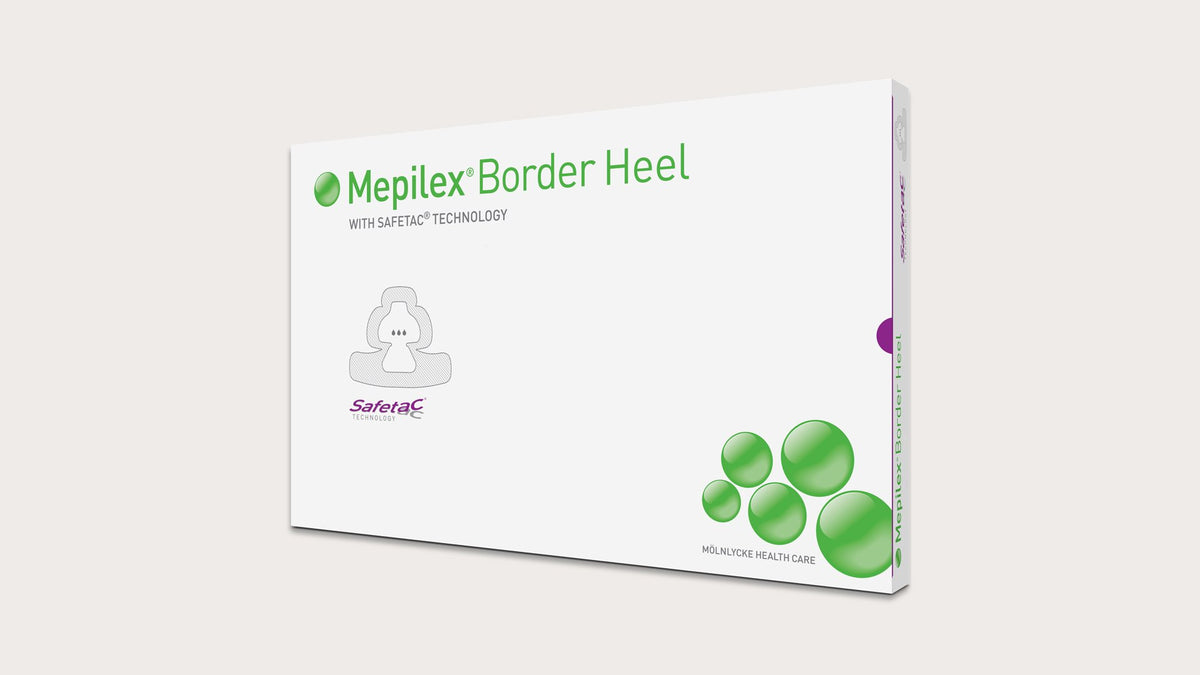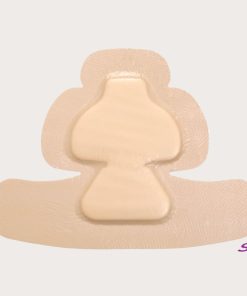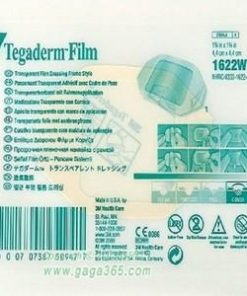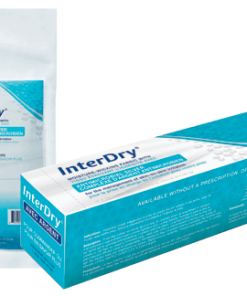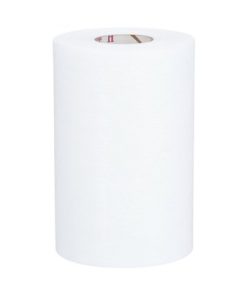Heel Border Dressing 18.5 cm x 24 cm Mölnlycke
$ 30,99 $ 18,59
Mepilex Border Heel dressing is the only five-layer foam heel dressing proven to prevent pressure ulcers when used with other standard prevention protocols.
This all-in-one dressing design also creates an optimal healing environment for managing moderate- to high-exuding wounds on the heel. It effectively absorbs and retains exudate and it balances moisture properly avoiding the risk of maceration.
The design also includes Safetac – the original less-pain contact layer with silicone adhesion. So the dressing moulds softly to skin without sticking to the moist wound – you can remove it easily without damaging the skin. That means less pain for your patients.
- Proven to prevent pressure ulcers – when used with other standard prevention protocols
- Protects against the extrinsic factors that cause pressure ulcers – pressure, shear, friction and micro-climate
- Mepilex Border with Safetac technology minimises pain during dressing changes
- Excellent fluid-handling capacity and retention
- Reduces risk of maceration.
When to use Mepilex Border Heel
Treatment
Mepilex Border Heel is specifically designed to fit the heel. The five-layer absorbent foam structure effectively manages exudate and the wound environment. So you can use it in the treatment of exuding wounds such as pressure ulcers, diabetic foot ulcers, heel ulcers, traumatic wounds, and other secondary healing wounds.
Pressure ulcer prevention
Mepilex Border Heel has been proven to prevent pressure ulcers. You can apply the dressings prophylactically for at-risk patients, such as the immobile, those with poor skin perfusion and impaired skin condition, in emergency rooms, in intensive care, or before and during long surgical interventions. Scientific studies have demonstrated that Mepilex Border Heel has the ability to impact four extrinsic factors that can contribute to developing pressure ulcers: by minimising and redistributing shear, redistributing pressure, reducing friction and maintaining an optimal microclimate.
Note: using dressings as a prophylactic therapy does not replace the need a comprehensive pressure ulcer prevention protocol.
Fast shipping and professional packing
Thanks to our longstanding association with UPS FedEx DHL, and other top international carriers, we are able to offer a variety shipping options. Our warehouse staff are highly educated to pack your items precisely according to the specifications we offer. Your goods are thoroughly checked and securely secured prior to shipment. Every day, we send thousands of packages to clients from all over the world. Our determination to be the biggest online retailer around the globe is evident by this. The warehouses and centers of distribution are in Europe, as well as the USA.
Note: Orders with more than one item are assigned a processing period depending on the item.
Prior to shipment, our team will perform an extensive inspection of the items you purchased. Most orders are now shipped within 48 hours. The expected delivery time will be between 3 and 7 days.
Returns
The stock market is always changing. It is not managed entirely by us, as we are involved with multiple entities, including the factory and our storage. So the actual stock may change at any time. Be aware that your order will become unfulfilled once you've placed your order.
The policy is for 30 days. We will not exchange or refund your order if it has been 30 days from the date of purchase.
You can only return a product when it's unopened and is in the same state as when you first received it. It should also be returned in its original packaging.
Related products
First Aid Supplies
First Aid Supplies
First Aid Supplies
First Aid Supplies
First Aid Supplies
First Aid Supplies
First Aid Supplies
First Aid Supplies
First Aid Supplies
ConvaTec DuoDERM Control Gel Formula Hydrocolloid Extra Thin Dressing, Sterile ConvaTec
First Aid Supplies
First Aid Supplies
First Aid Supplies
First Aid Supplies
First Aid Supplies
First Aid Supplies
First Aid Supplies
ConvaTec DuoDERM Signal Tapered-Edge Control Gel Formula Hydrocolloid Dressing, Sterile ConvaTec
First Aid Supplies
First Aid Supplies
First Aid Supplies
Antiseptic Towellete with Benzalkonium Chloride Innovative Safety Supply
First Aid Supplies
First Aid Supplies
First Aid Supplies
First Aid Supplies
First Aid Supplies
First Aid Supplies
First Aid Supplies
First Aid Supplies
First Aid Supplies
First Aid Supplies
First Aid Supplies
First Aid Supplies
